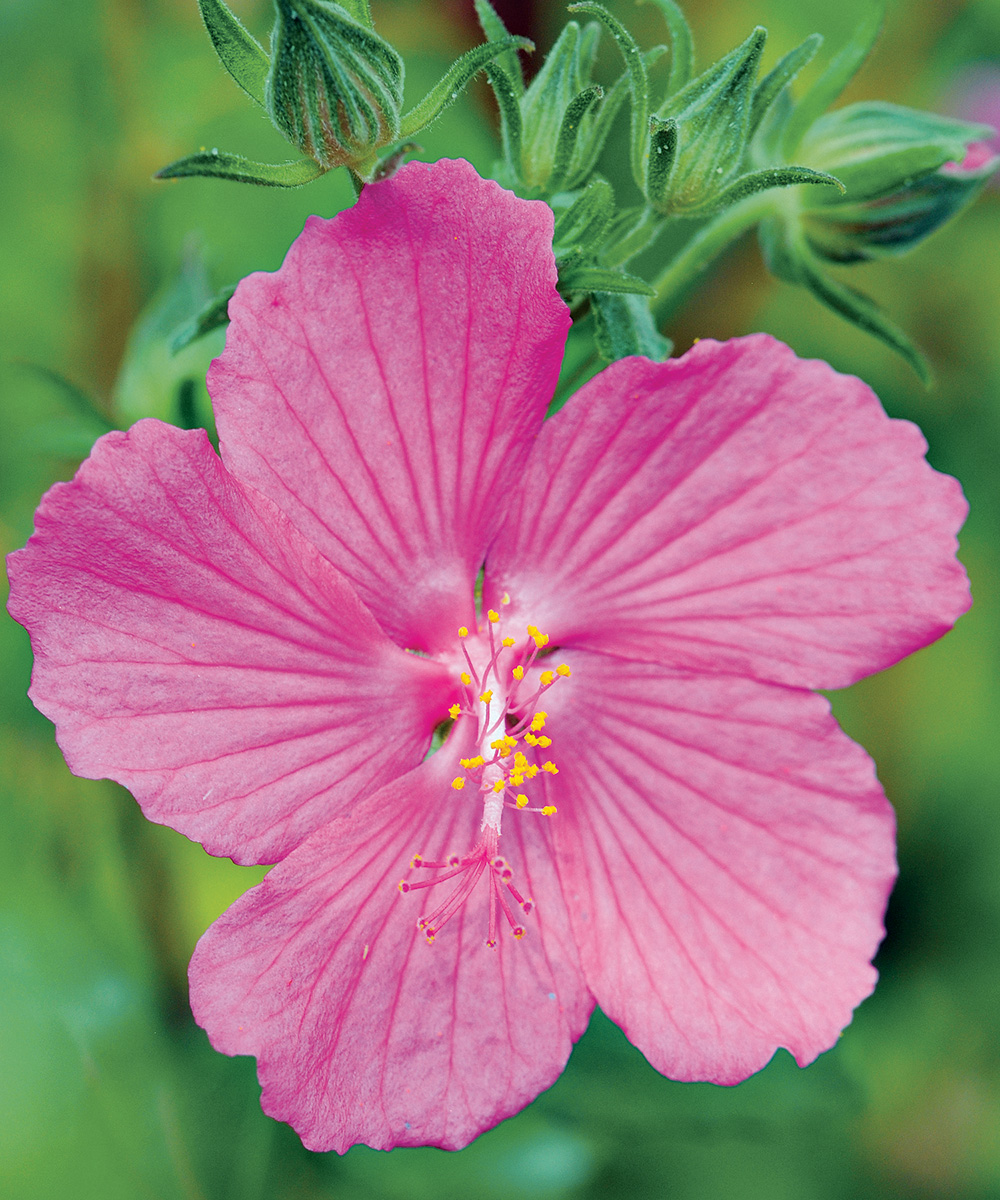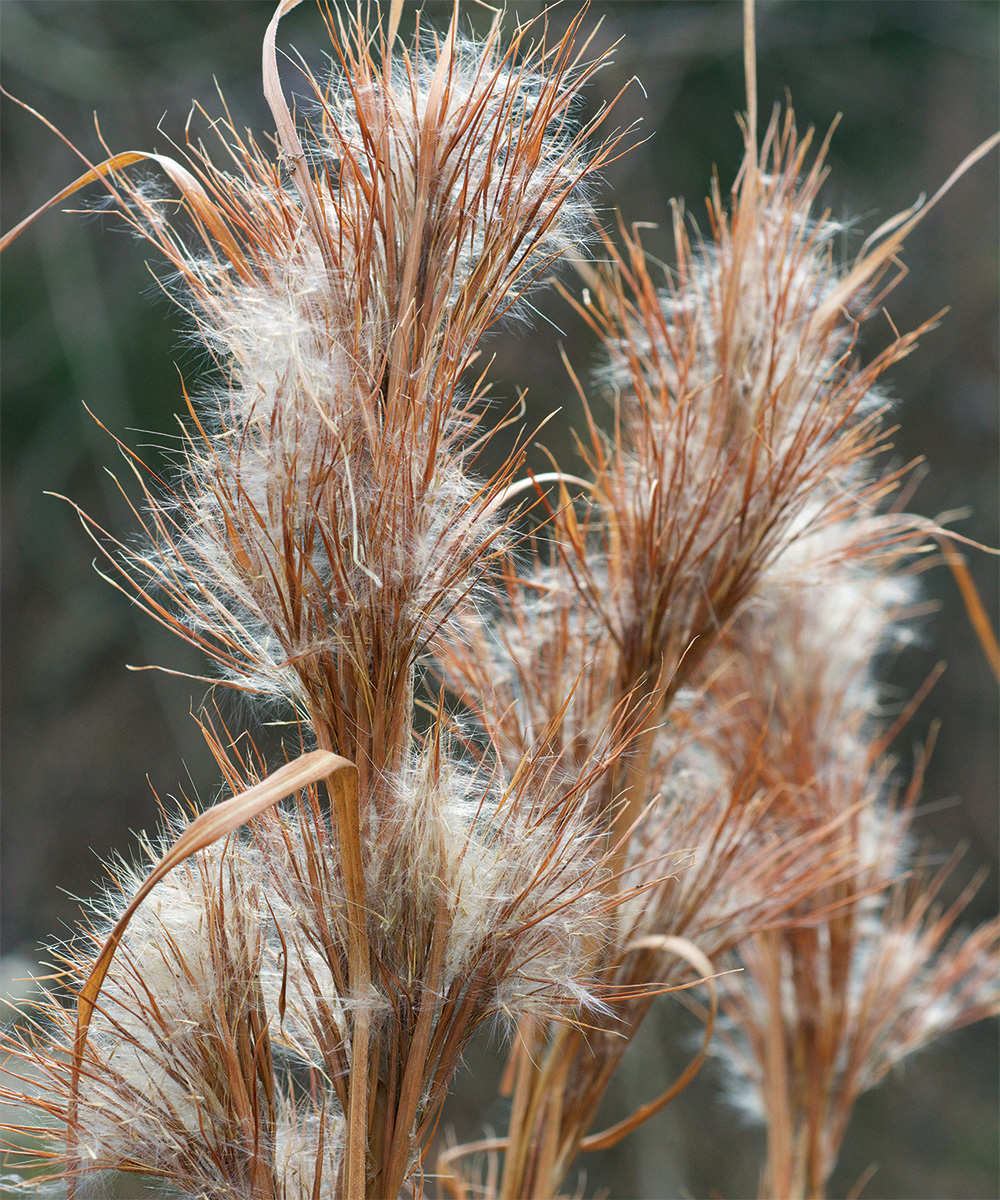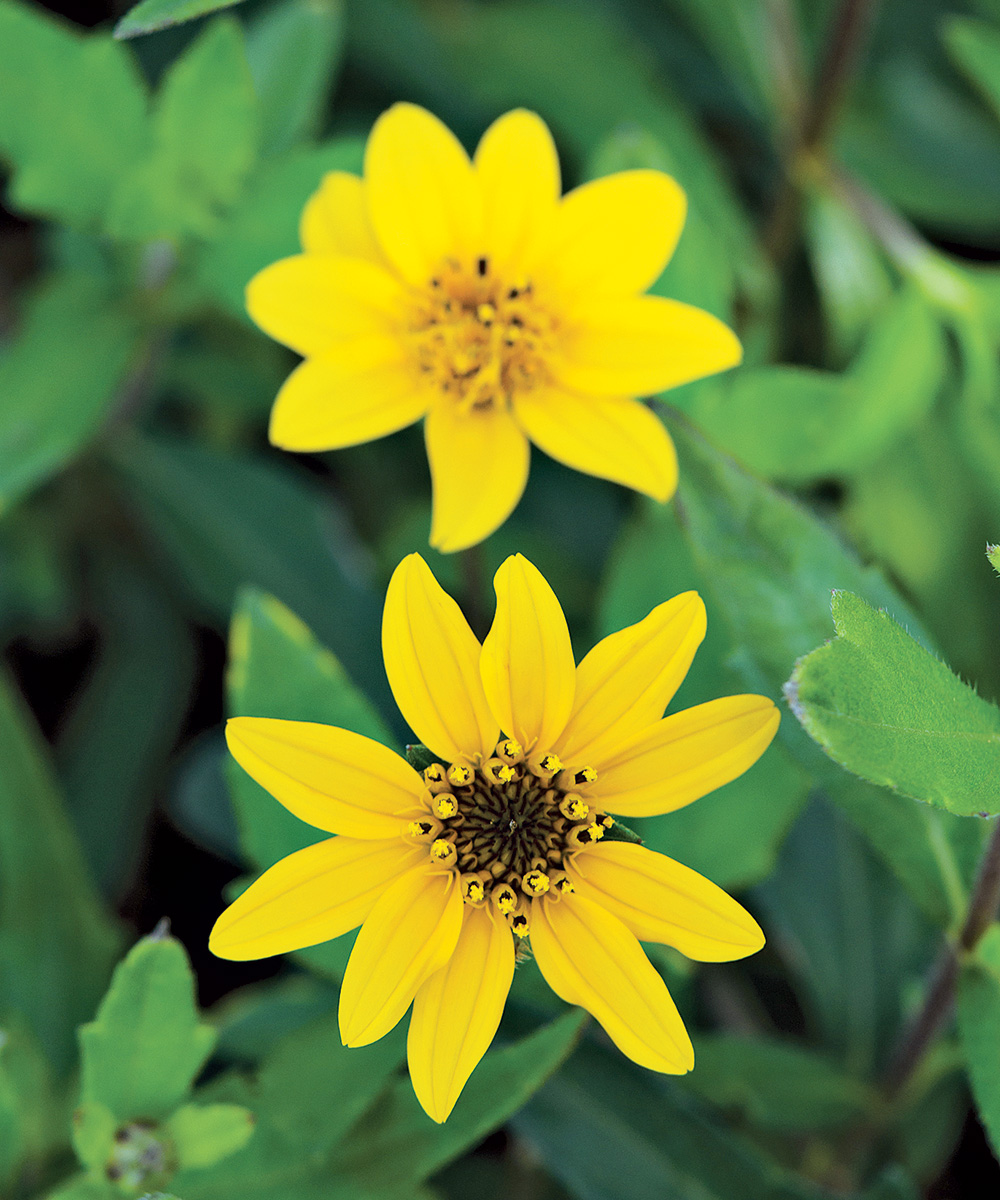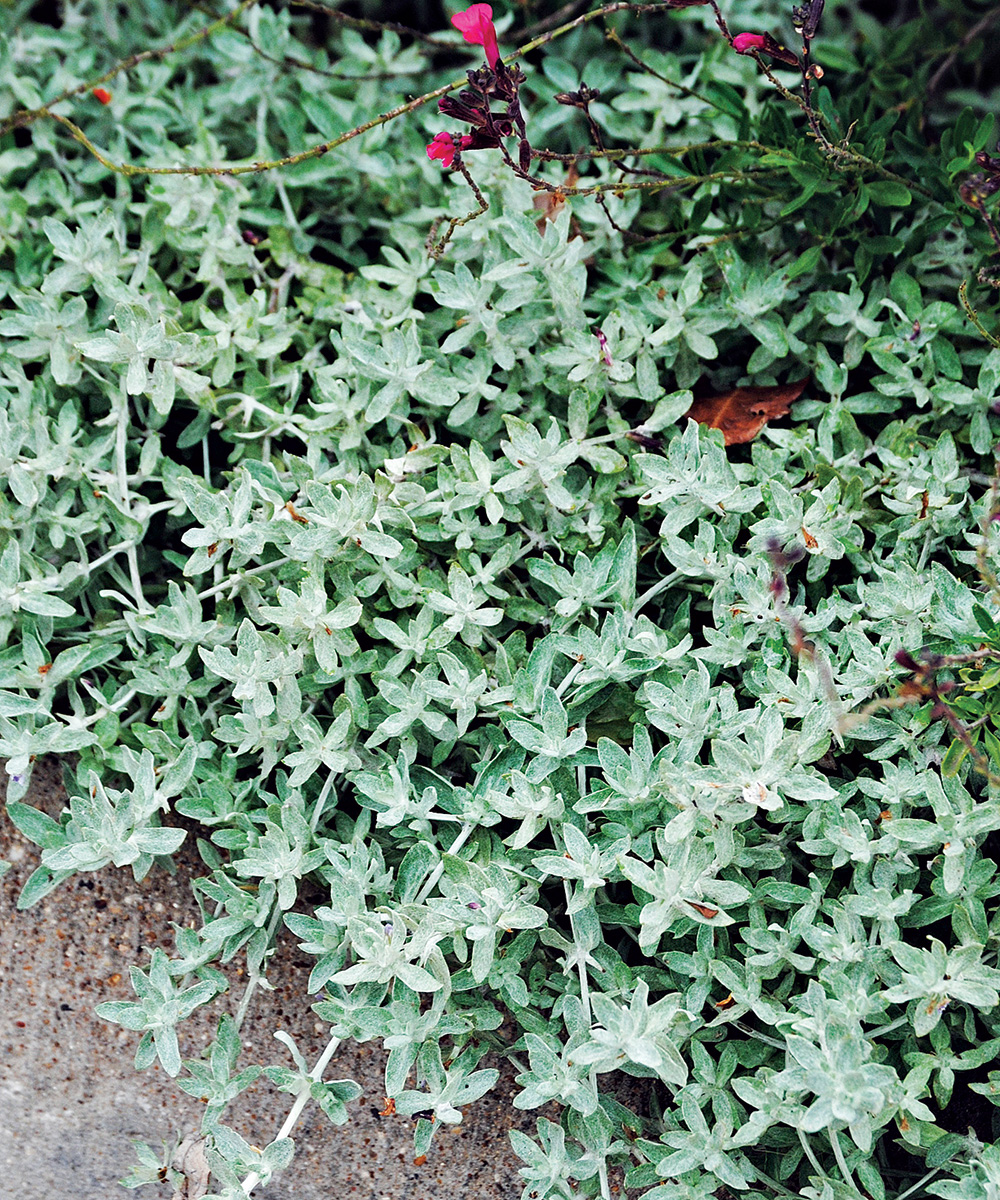
Incorporating native plants into your landscape design is an easy way to help support your local wildlife. Native plants support native insects. If we keep our native insect populations healthy and thriving, it helps support native birds, who eat the insects as a food source. The chain of positive impacts that planting native plants provokes stretches throughout the food chain of organisms and can even help ward off potential threats such as blights or pest outbreaks.
Below, you’ll find some of the best native plants for the Southern Plains.
1. Rock Rose

Name: Pavonia lasiopetala
USDA Hardiness Zones: 8 to 9
Size: 2 to 4 feet tall and 2 feet wide
Conditions: Full sun to partial shade; well-drained soil
Rich, clear, showy, and pink, the 1½-inch-wide hibiscus-shaped flowers of rock rose bloom from spring to frost, unfurling with sunrise and curling back before the waning of the day. A short-lived woody perennial, rock rose reseeds readily and thrives equally in heat or along a woodland edge in semishade, where it beckons skippers and other butterflies to drop by for a nip of nectar. This garden workhorse perfectly unites with neighbors such as mealycup sage (Salvia farinacea, Zones 8–10) and gaura (Gaura lindheimeri, Zones 6–9) to flesh out the interior or front edge of a bed. Periodic trimming encourages compact growth and abundant budding.
2. Bushy Bluestem

Name: Andropogon glomeratus
Zones: 5 to 9
Size: 3 to 5 feet tall
Conditions: Full sun; moist to wet soil
The southern half of the United States is gifted with this underappreciated upright clumping grass. Bright green foliage in spring warms to copper in fall, and silvery cotton-candy-like plumes billow forth for a luxurious autumn display. Seed-eating birds and mammals appreciate the winter food source; skippers and satyr caterpillars nourish themselves on the greenery before pupating; and many other animals scavenge leaves for lining nests, so delay grooming until late winter. Bushy bluestem loves heat, tolerates salt, and combines well with swamp milkweed (Asclepias incarnata, Zones 3–9) or giant coneflower (Rudbeckia maxima, Zones 4–8) in a rain garden or any bed that stays moist.
3. Orange Zexmenia

Name: Wedelia acapulcensis var. hispida (syn. Wedelia texana, Zexmenia hispida)
Zones: 8 to 11
Size: 1 to 3 feet tall and 2 to 3 feet wide
Conditions: Full sun to partial shade; dry to medium well-drained soil
Forming low floral hummocks, orange zexmenia is best suited in the foreground of a border. Throughout the warm season, golden daisylike flowers are succeeded by goldfinches that feed on the nutrient-rich seeds ripened in the old flower heads. Post-pilfering, shear plants lightly to keep them bushy and blooming. Nectar draws in pollinators, and bordered patch, sierra metalmark, and lacinia patch butterfly larvae host on its leaves. Orange zexmenia loves heat, lives long, and grows easily. It is robust enough to squeeze out most weeds, but excess water or shade produces legginess. Following a hard frost, clip stems to the base.
4. Woolly Stemodia

Name: Stemodia lanata
Zone: 8
Size: 4 to 6 inches tall
Conditions: Full sun to partial shade; well-drained soil
Woolly stemodia forms tiny pale blue flowers from spring to fall, but the foliage has the most appeal. Creeping tightly to the ground, its soft silvery fingers drop roots at each node, spreading indefinitely. It calls for a double take, rambling across gravel mulch or dribbling over the lip of a pot or a wall. Gardeners frustrated by heavy deer browsing may find hope with this heat- and drought-resistant perennial. It dies back in cold winters, but may remain evergreen—or “evergray”—in protected areas.
Andrea DeLong-Amaya is the director of horticulture at the Lady Bird Johnson Wildflower Center in Austin, Texas.
Fine Gardening Recommended Products

Planting in a Post-Wild World: Designing Plant Communities for Resilient Landscapes
Fine Gardening receives a commission for items purchased through links on this site, including Amazon Associates and other affiliate advertising programs.

The Nature of Oaks: The Rich Ecology of Our Most Essential Native Trees
Fine Gardening receives a commission for items purchased through links on this site, including Amazon Associates and other affiliate advertising programs.


















Comments
Log in or create an account to post a comment.
Sign up Log in